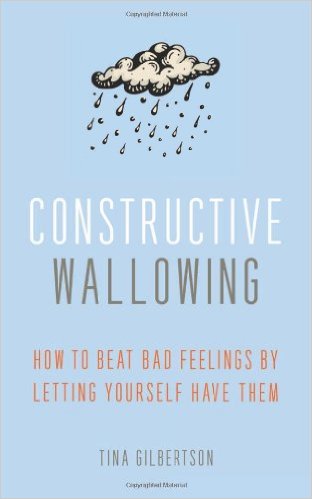By Annabelle Mebane, MA, AMFT
In Acceptance and Commitment Therapy, the overall goal of our work is to help clients increase what we call psychological flexibility, which is basically the ability to do what matters most to you in your life no matter what uncomfortable thoughts and feelings show up.
One of the skills we teach to help people respond more effectively to their thoughts is called “Cognitive Defusion.”
Our default mode is to take our thoughts at face value and to believe that they are true and important. Like a fish doesn’t know it’s in water, we don’t typically notice that we are thinking. We are so accustomed to looking out the lens of our own thoughts that we forget to recognize we’re wearing glasses at all, and that there might be more than one way to see things.
Cognitive defusion is the ability to notice that we are having a thought –
that our mind is “languaging” about our experience. Defusion involves creating a little bit of space that allows us to recognize that just because our mind thought it, doesn’t necessarily make it true or important. Why should we make that space? Because if we can recognize a thought for what it is – words our mind is generating – we can make a choice about how we want to respond to it. Instead of automatically buying into our thoughts or viewing them as directives or imperatives, we can tune in to our values – who and how we most hope to be in a given moment – and decide whether listening to a particular thought and behaving accordingly is going to move us toward or away from our valued direction.
There are a whole bunch of exercises
that we use in ACT to help you learn how to defuse from your thoughts. One of them goes like this. First, you state the thought exactly as your mind has it. For example, “if I go out on this date, I’m going to embarrass myself.” Then you pause, and notice what it’s like to sit with the thought. Next, you preface the thought with “I’m having the thought that…[thought]”, and notice what it’s like to sit with that. Finally, you preface it with “I’m noticing that I’m having the thought that….”, and tune in to what that’s like.
And then you can decide, do you want to listen to that thought, and stay home and avoid the possibility of being embarrassed because it feels more comfortable? Or are you someone who wants to be open, vulnerable, and show up anyways because it’s meaningful to you to try to find a fulfilling connection, even if it’s a risk?
Notice that when we are ‘defusing,’ we aren’t getting caught by the content of the thought, trying to prove or disprove it.
We are simply creating enough distance to allow us to choose how we want to respond.
But here’s the thing, sometimes it feels pretty hard to get that distance and to make a choice based on values.
Why? Because sometimes, or maybe even usually, the stickiest and most painful thoughts our minds have are designed to try to protect us from something painful. And probably, it kind of works. If we continue with the above example, your mind might be trying to protect you from the pain of rejection or disconnection. And yeah, if you stay home, you get the relief of know you can’t embarrass yourself and you can’t get rejected. But the thing is, if you avoid going out on any dates because you might get rejected or feel embarrassed, you are almost certainly also going to miss out on the possibility of a really meaningful connection.
The thing about pain is that it doesn’t show up around stuff that doesn’t matter to us; it shows up around the things that we care most deeply about.
On the flip side of our pain, we can usually find our most cherished values.
Your mind comes up with these painful stories to try to prevent you from feeling pain or loss around the things that matter to you, but a lot of times, when we listen to those stories, that’s what keeps us from accessing the richness of moving toward what really matters.
So for those especially sticky thoughts that seem so powerful and that are really deeply painful, sometimes the best defusion tactic is pretty counterintuitive.
Instead of beating yourself up for having such self-critical thoughts, you can actually thank your mind. You can thank it for trying to help you and for trying to protect you, and then you can let it know that you are going to take it from here.
It sounds nuts to thank your mind for telling you that you are weird or a failure or incompetent or unworthy or too sensitive, but when we meet our pain with compassion, understanding that our minds are just trying their best to do their job and keep us safe, we sometimes can start to take away the power of that really painful story and get just enough space from it to decide to respond based on something other than the avoidance of pain.
























































